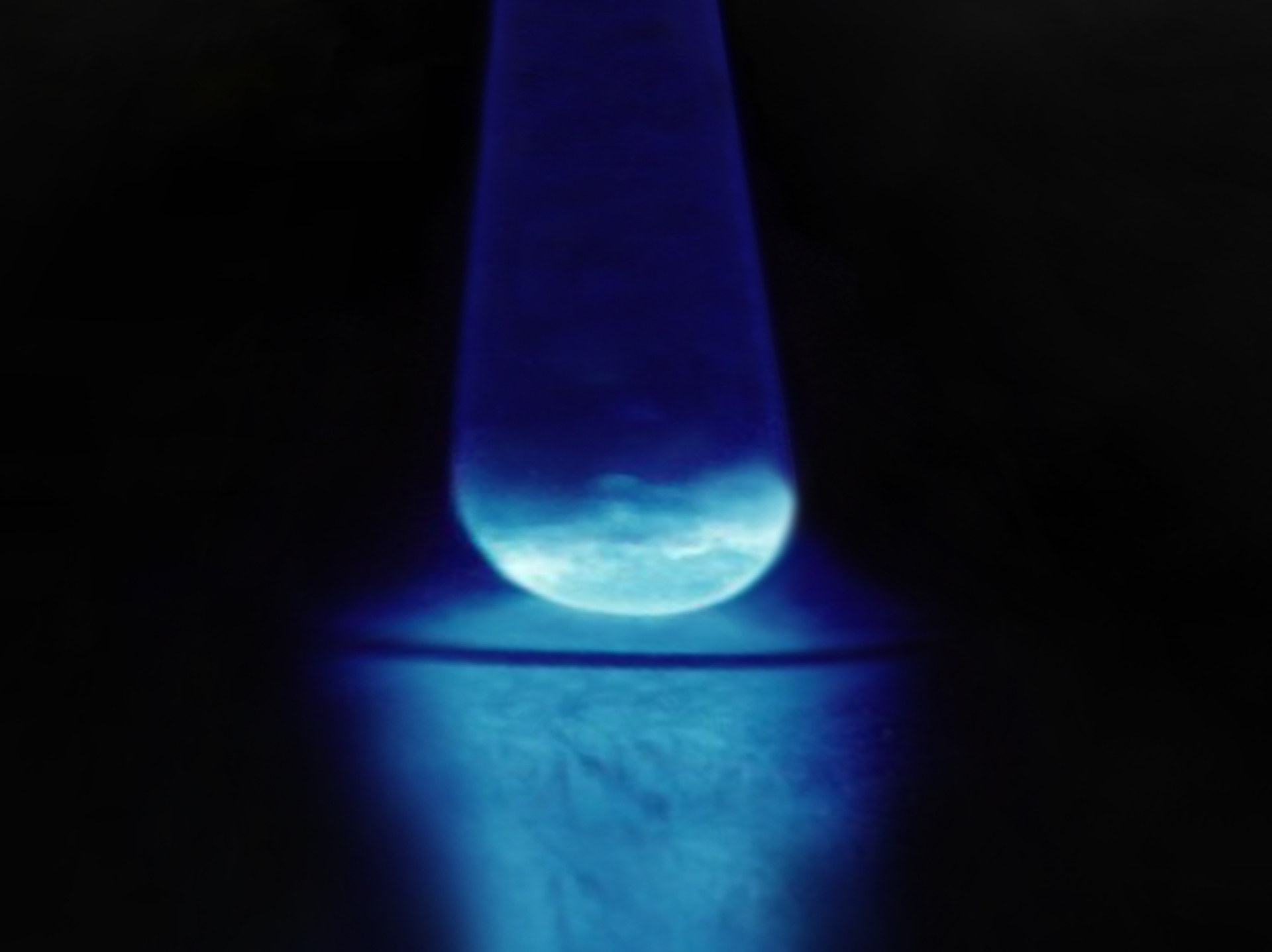Named after Albert Einstein, Einsteinium was first found in a hydrogen bomb explosion in the US in 1952. Although scientists know very little about the element, it is produced in a few specially-abled reactors only in minute amounts.
Scientists at Lawrence Berkeley National Laboratory, California have found some new properties of one of the most isolated elements in the periodic table. Positioned at 99th place, the element is quite rarely talked about as far as its properties and possible usages are concerned. The ‘Einsteinium’ element with 99 protons and 99 electrons lies at the bottom-most point of the periodic table.
The element was first found in a hydrogen bomb explosion in the US in 1952. Subsequently, it was found in the explosive debris that was left out as a result of the experiment. The hydrogen bomb ‘Ivy Mike’ which detonated did give four times the energy than a nuclear fission bomb. Thereafter, it took nine long years for scientists to manually synthesise this element in a lab. Finally, the element was synthesised in 1961.
Einsteinium – as expressed by the name itself was named after Albert Einstein. Although scientists know very little about the element, it is produced in a few specially-abled reactors only in minute amounts. With that, it cannot be found in nature. As per the study published in the journal Nature, it is not easy to analyse such heavy elements due to their really complex nature with different properties than other commonly used elements.
Einsteinium – The long research
Researchers at the university were able to create around 250 nanograms of einsteinium to conduct the study on it. This was done to further dissect its unknown properties. Also, it was for the first time since the 1970s that scientists could synthesise the element. That said, due to its position in the periodic table, einsteinium’s production is massively difficult.
These 15 elements which are a part of the actinide series at the bottom of periodic table are made through bombarding a particular target element. In the case of einsteinium the targeted element remains ‘Curium’ whose neutrons and protons are bombarded in order to create heavier elements. Since this process or technique is originally used for creating a widely used element ‘Californium’ it only creates a very small amount of einsteinium as a byproduct of the whole process. It is only made in a few places such as Oak Ridge National Laboratory in Tennessee.
Subsequently, after the production, the storage of einsteinium is a huge issue that scientists tackle. The second-longest live version of the elements has a half-life of just 276 days that was an isotope of einsteinium with 155 neutrons and 99 protons. Further, the researchers have created a 3D model of the container to carry the element while mitigating its harmful effects.
Till now, there has not been any practical use of einsteinium per se. The usage has not been possible because of the chemistry of heavy elements and their highly intricate nature and properties which are very complex to understand.
Properties of Einsteinium
During the research, scientists have found that the length of molecular bond of einsteinium and its eight atoms is 2.38 angstrom where one angstrom is equivalent to one-hundredth of a centimetre. The bond length, here, denotes the bonding strength between the atoms of an element. The bond-length does throw some light on the predictions that einstenium’s bond-length and conclusively its properties are quite different from other elements present in actinide series.
Surprisingly einsteinium atoms disappear at the rate of seven percent every month. Along with that it also decays by 50 percent in almost every 20 days. So to store it for a longer period of time is a mean feat as of now. Along with that, it is also too hot to handle as 1 gram of einsteinium produces energy equivalent to 1,000 Watts. Besides, it also tends to emit harmful gamma rays after getting broken down into berkelium-250. This further raises the requirement of researchers to wear highly protective gear.
Plausible uses of the element
Moreover, scientists believe that the determination of the element’s bond-length would further help in strengthening their understanding regarding the properties posed by einsteinium while interacting with other elements. In addition to that, occurrence of such properties will enable them to produce more heavy metals by bombarding einsteinium. Other than that, it could be used in nuclear reactors and in cancer therapies in the future.

